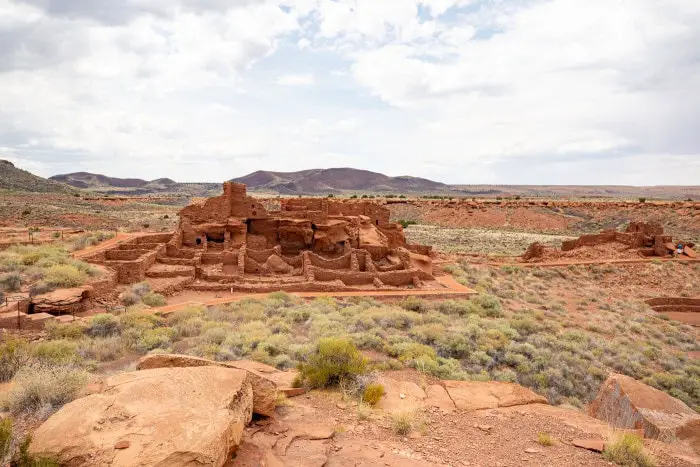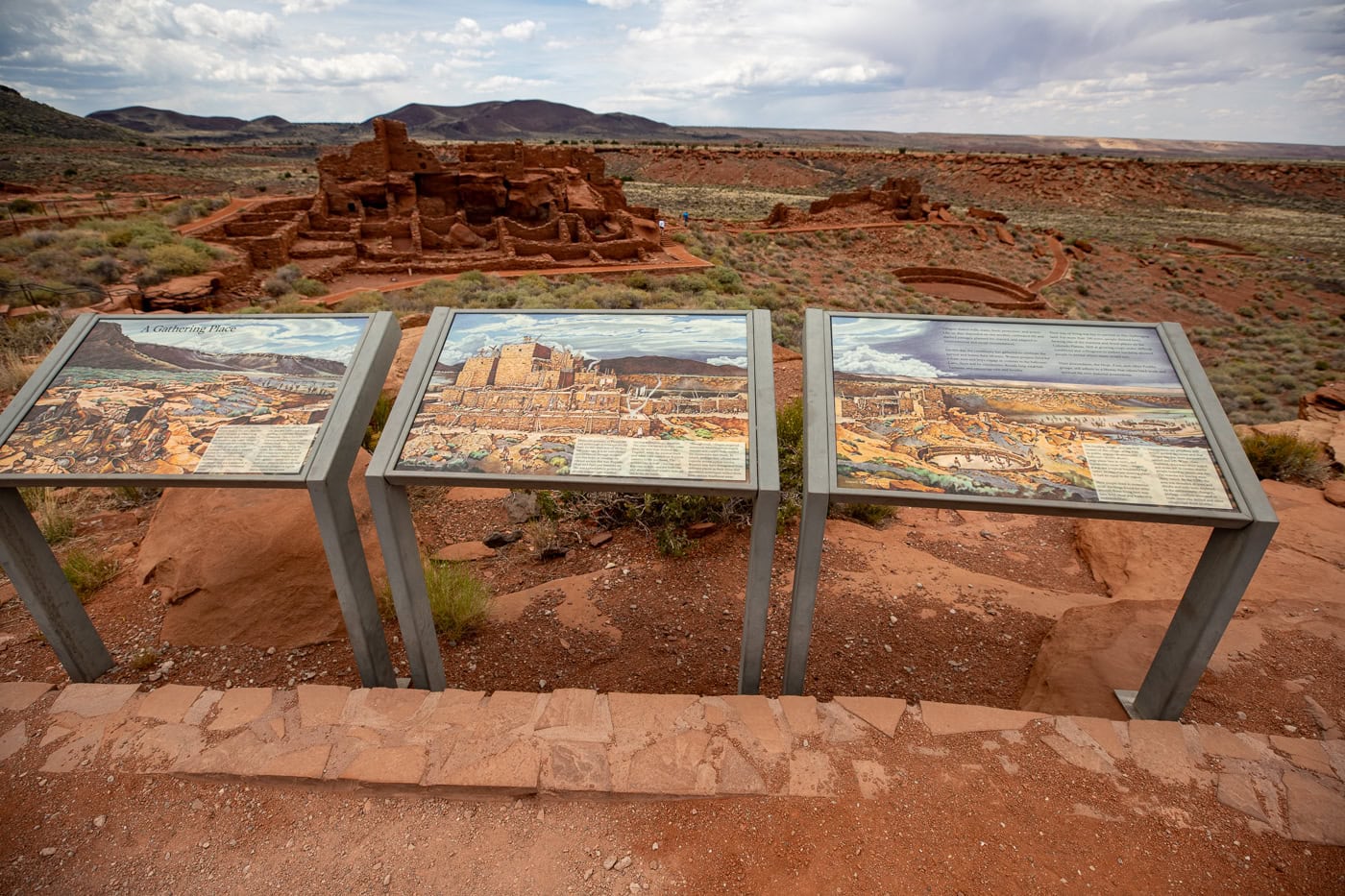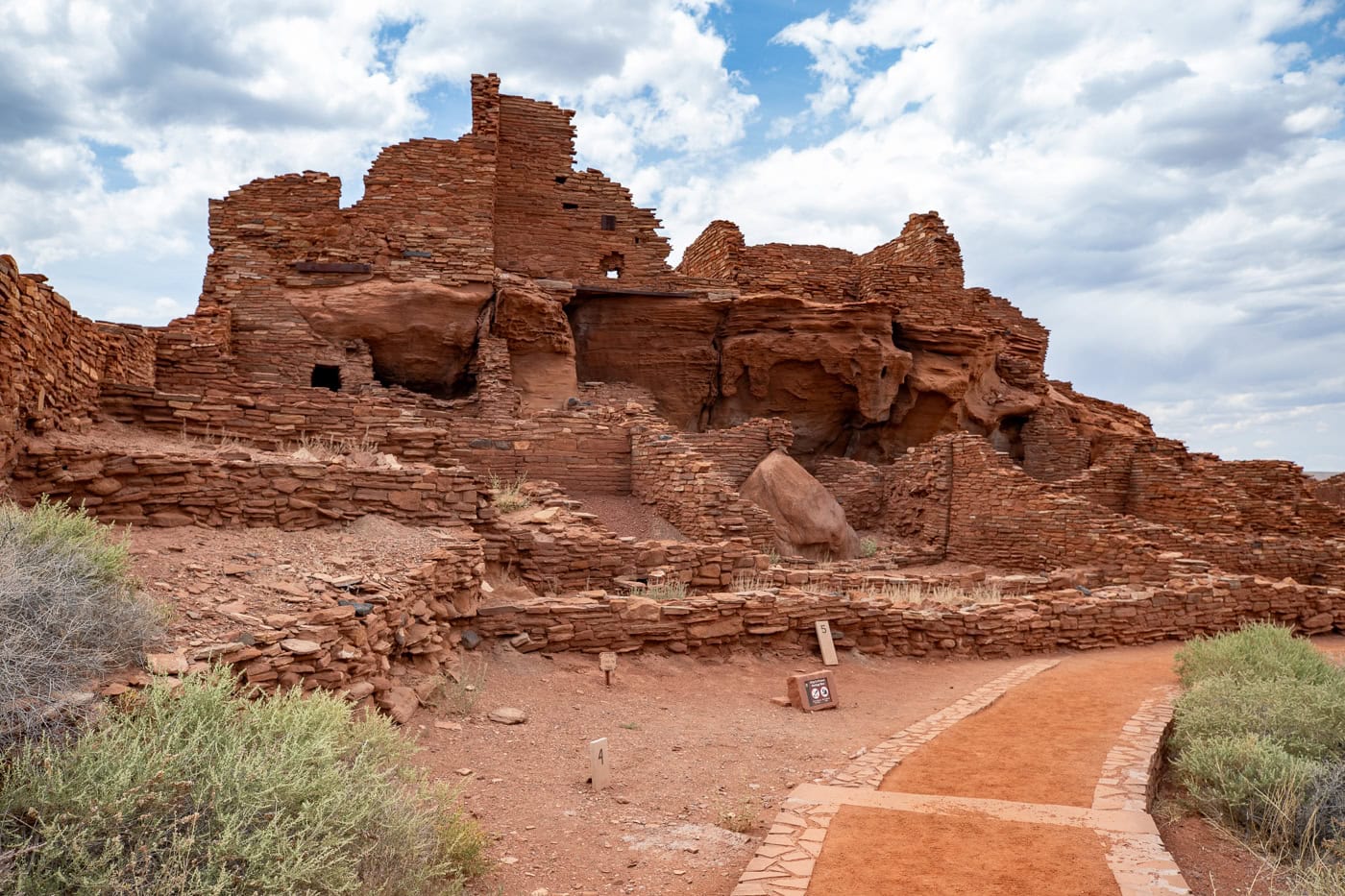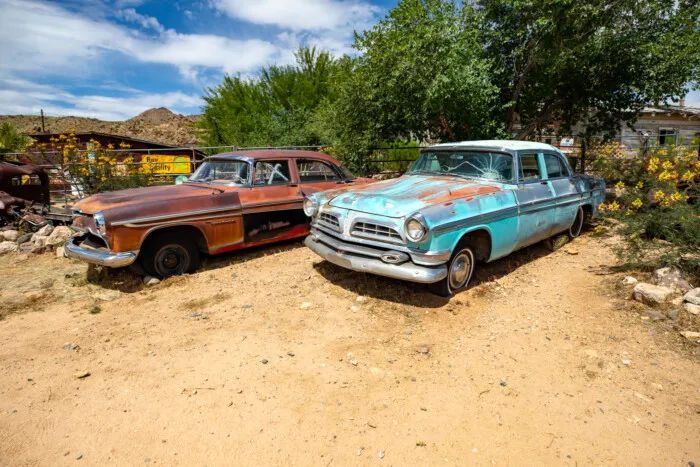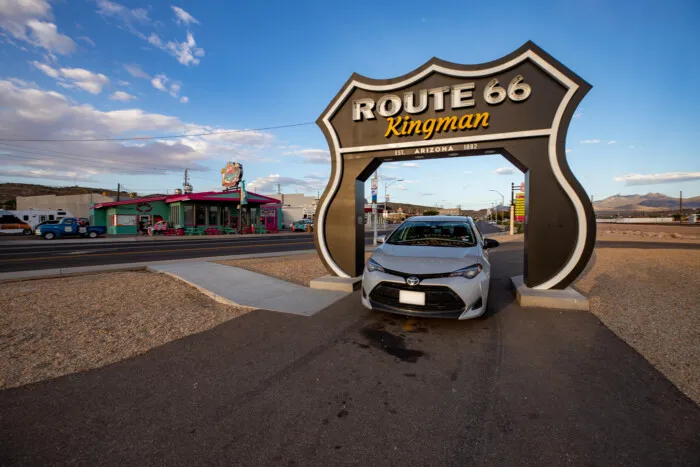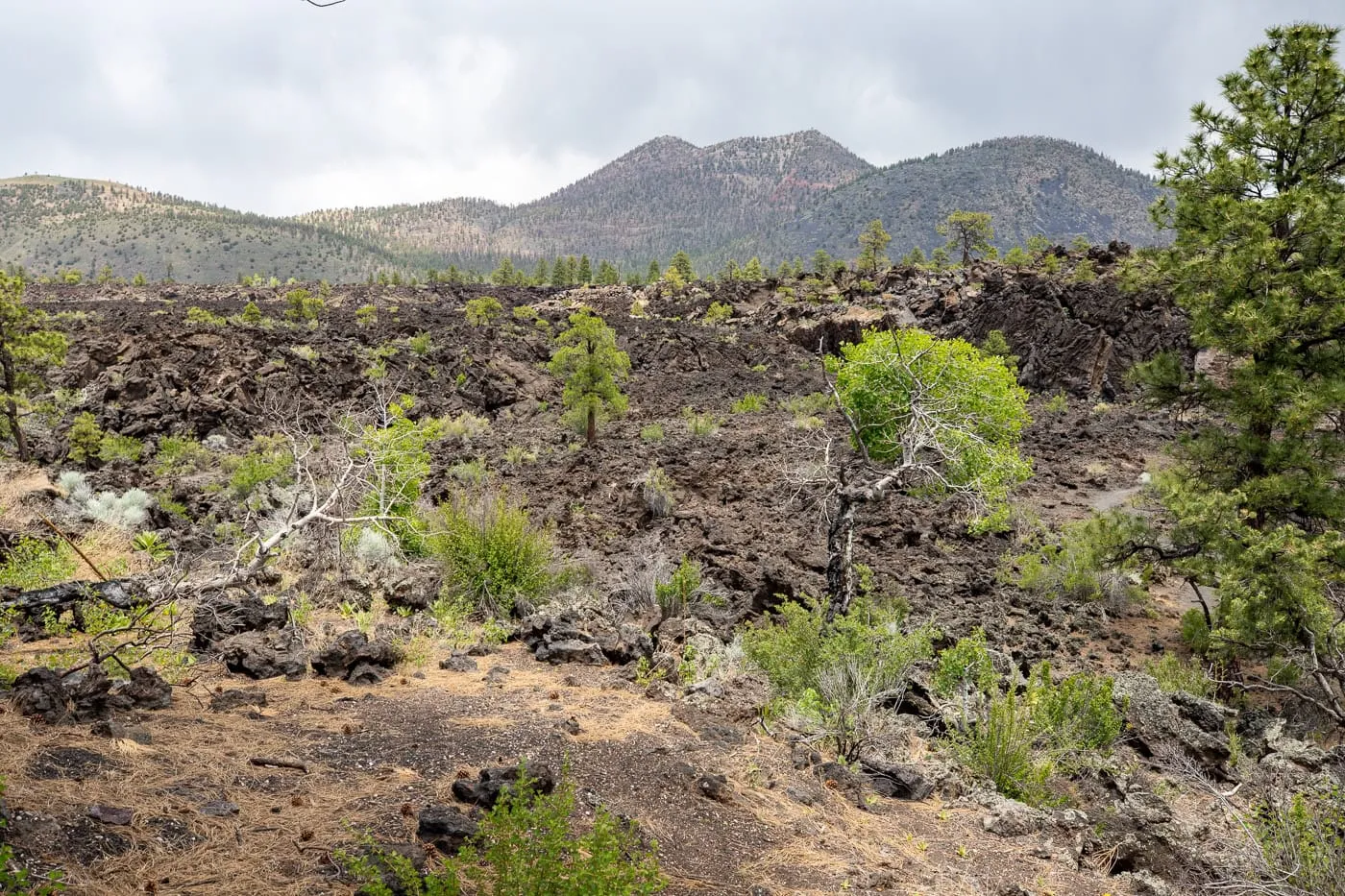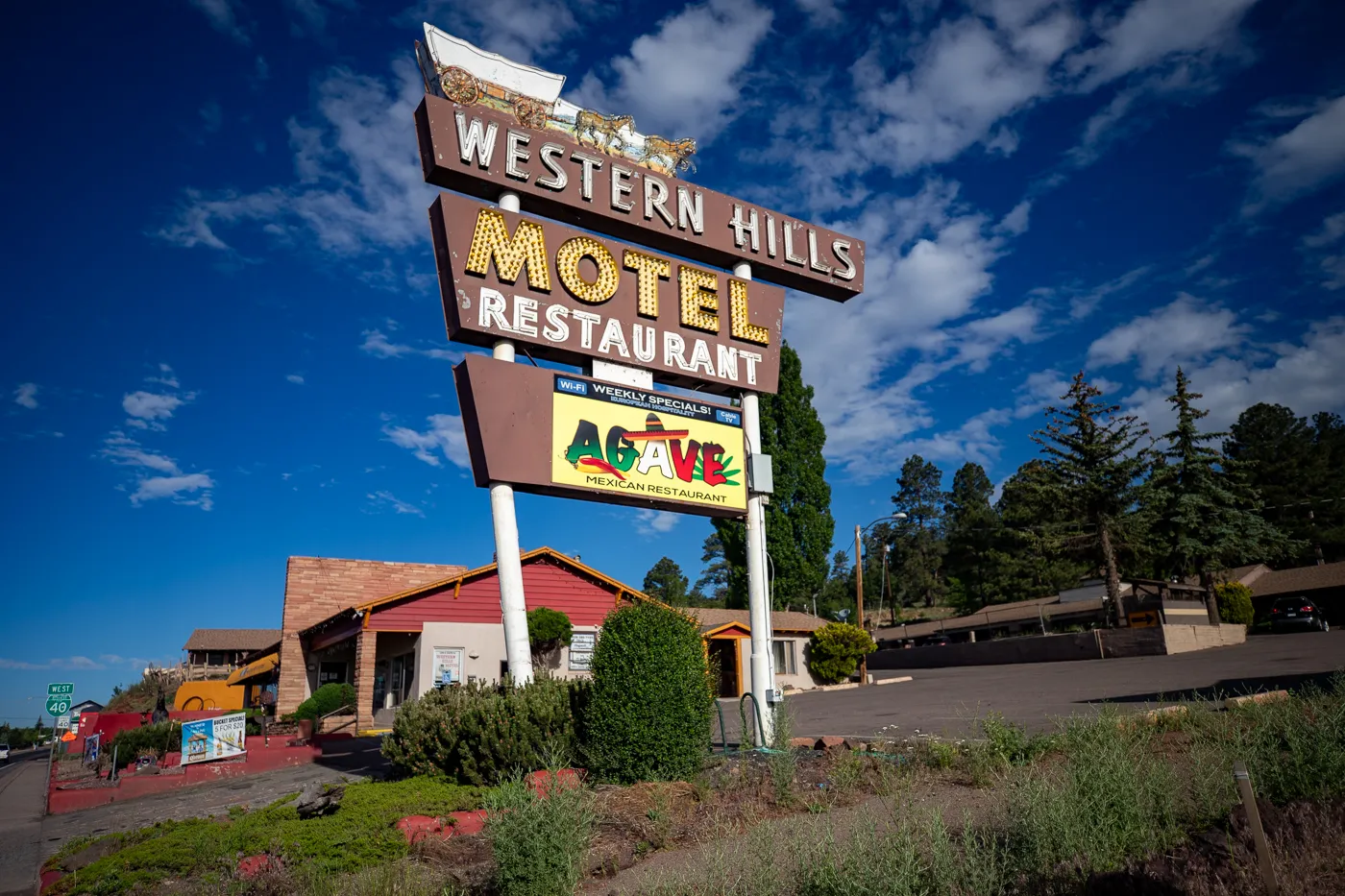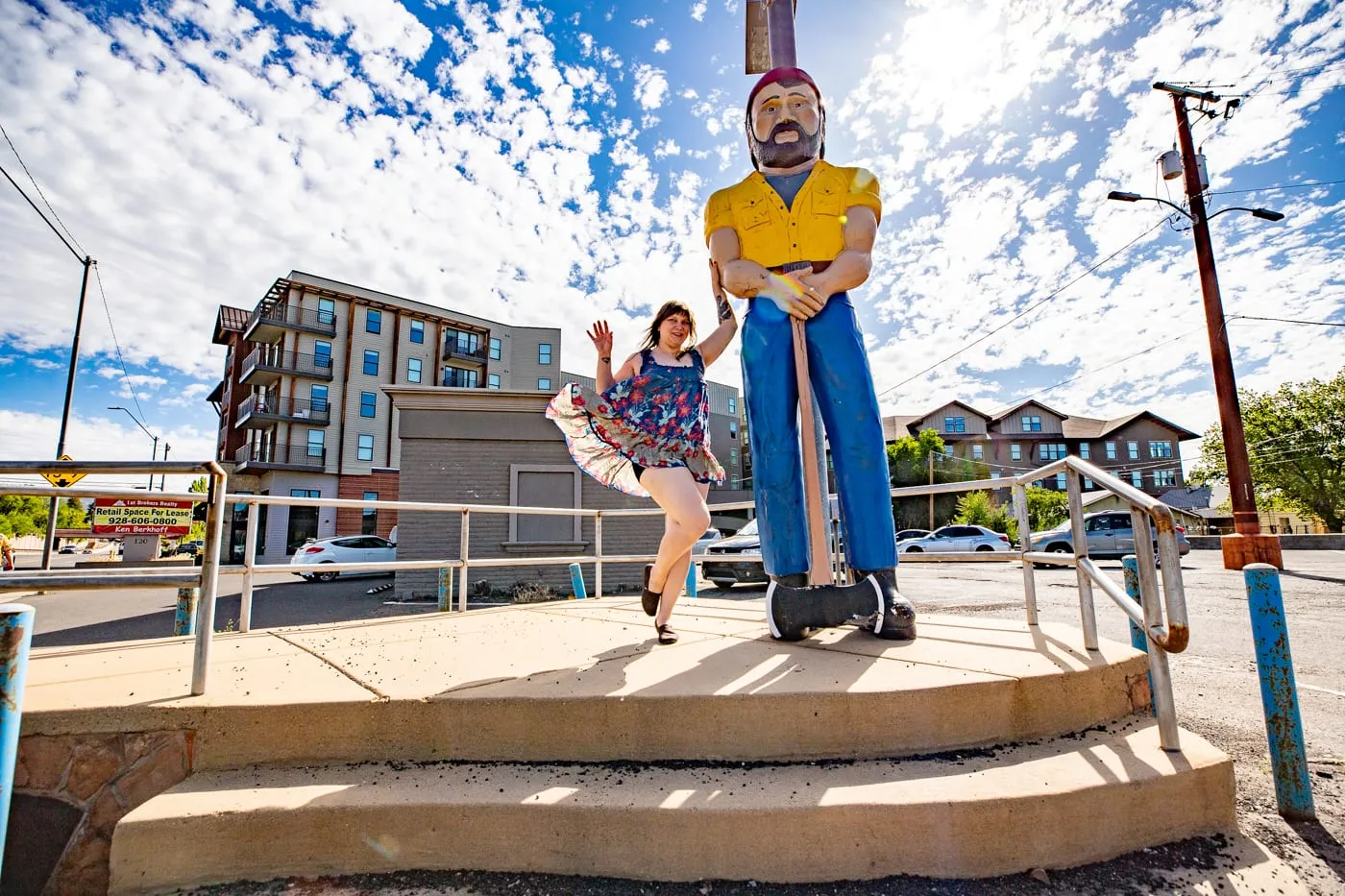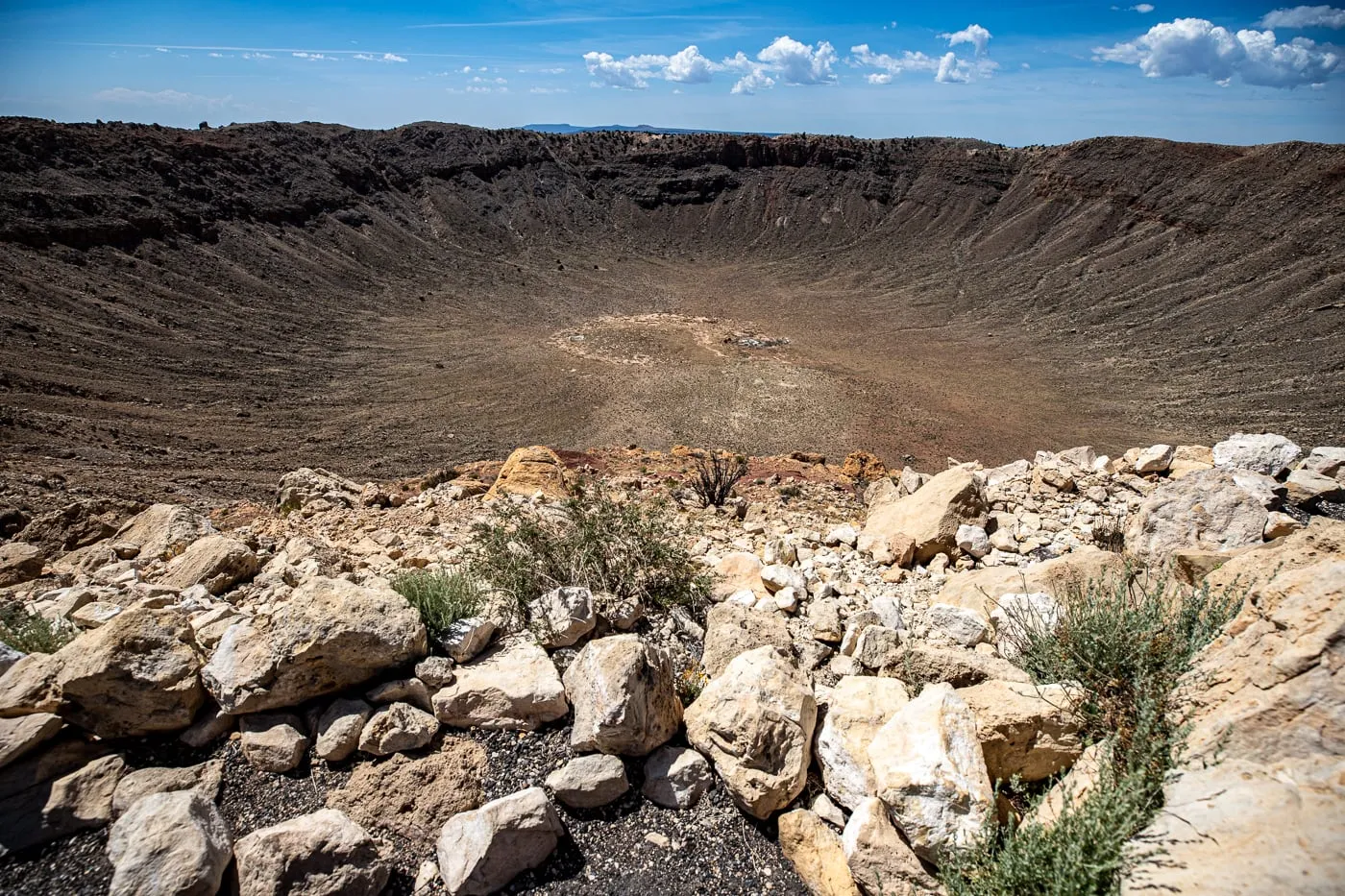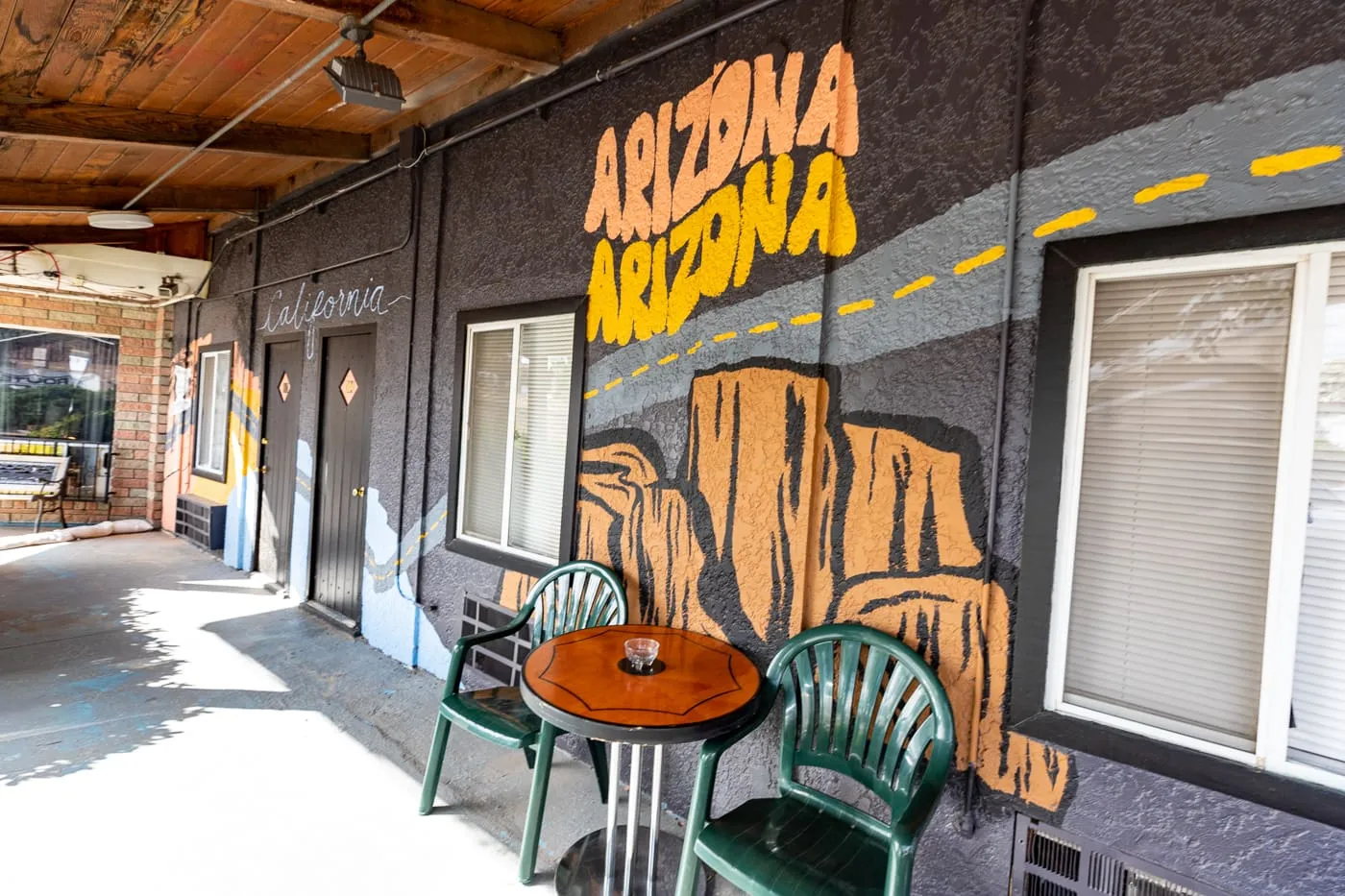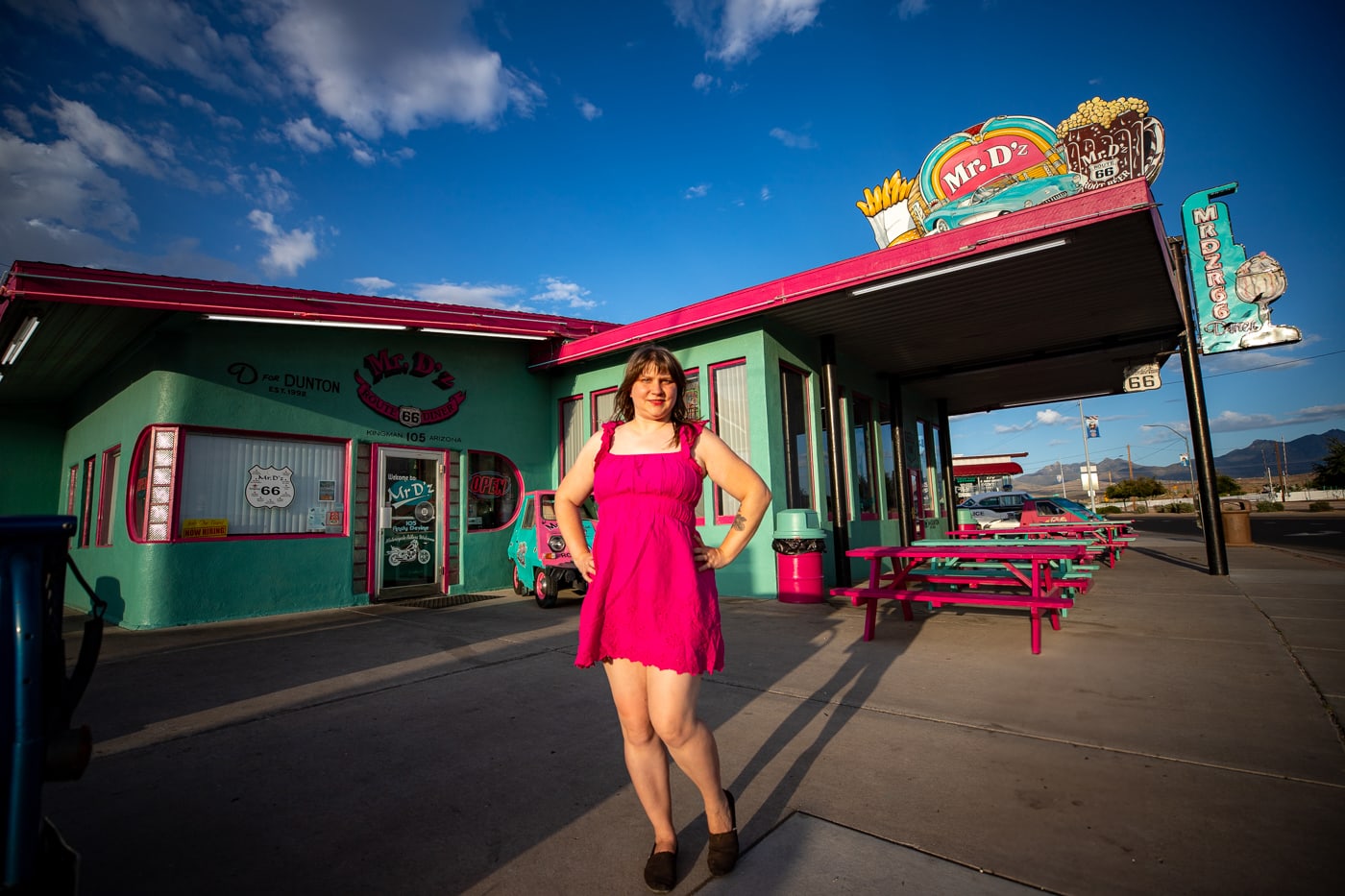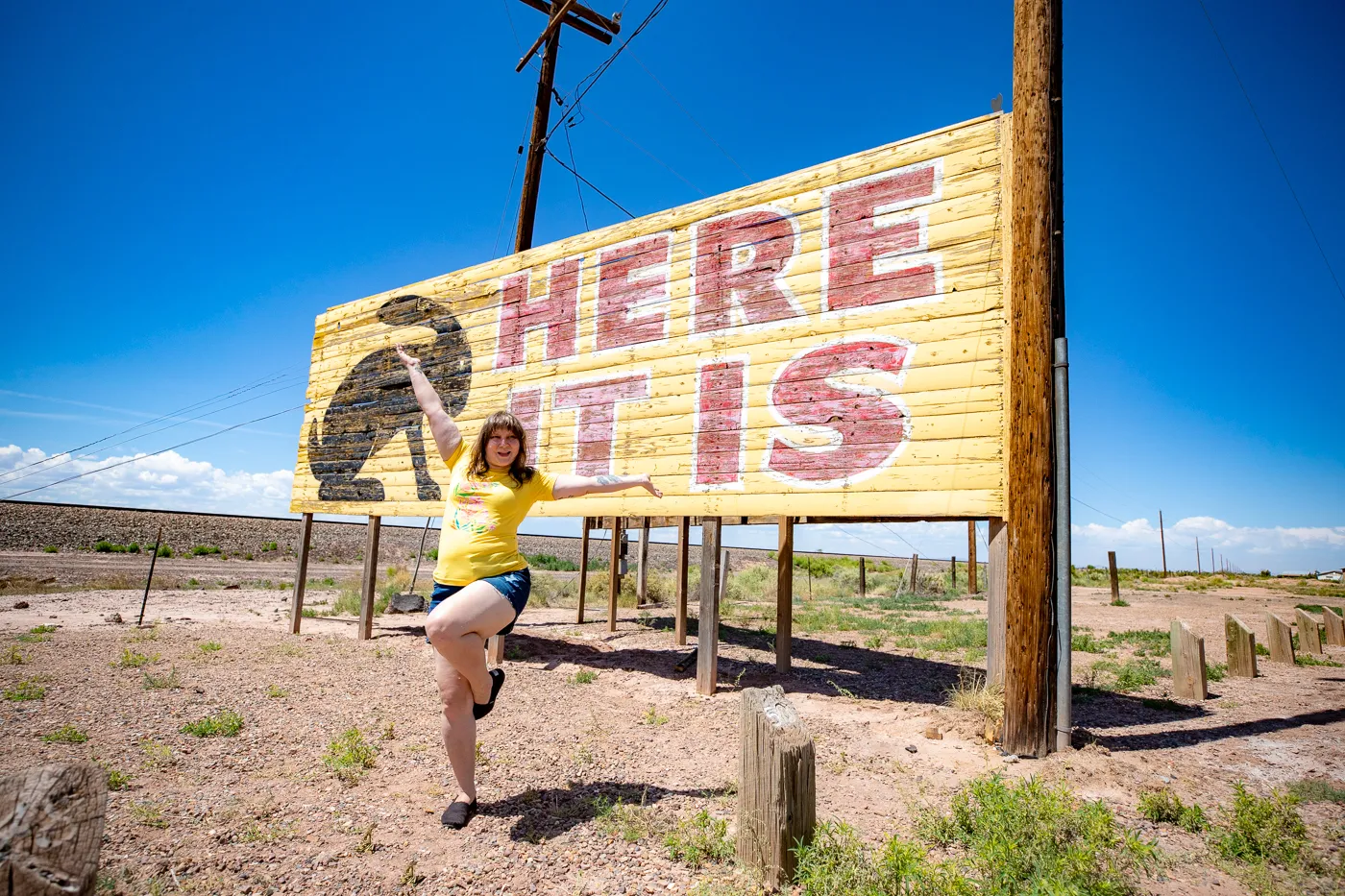Wupatki National Monument in Flagstaff, Arizona, is a fascinating destination for anyone interested in Native American history, archaeology, and the rugged beauty of the Southwest. Situated between the Painted Desert and the San Francisco Peaks, this park preserves the remains of ancient pueblos and offers a glimpse into the lives of the Sinagua, Kayenta, Cohonina, and other indigenous cultures who called this land home over 900 years ago. From scenic vistas and historic ruins to captivating cultural stories, Wupatki is a must-see for travelers seeking history and nature.

History of Wupatki National Monument
Wupatki (meaning “Tall House” in the Hopi language) was once a thriving center of trade and culture. The monument’s largest structure, the Wupatki Pueblo, was built around 500 AD, but the area saw its peak population after the eruption of nearby Sunset Crater in the 11th century. This volcanic eruption blanketed the land in ash, enriching the soil and leading to more sustainable farming, which drew communities to settle here. The Sinagua people, known for their adaptability and agricultural prowess, established a network of pueblos throughout the region, using the nutrient-rich land to cultivate crops in a harsh desert environment.
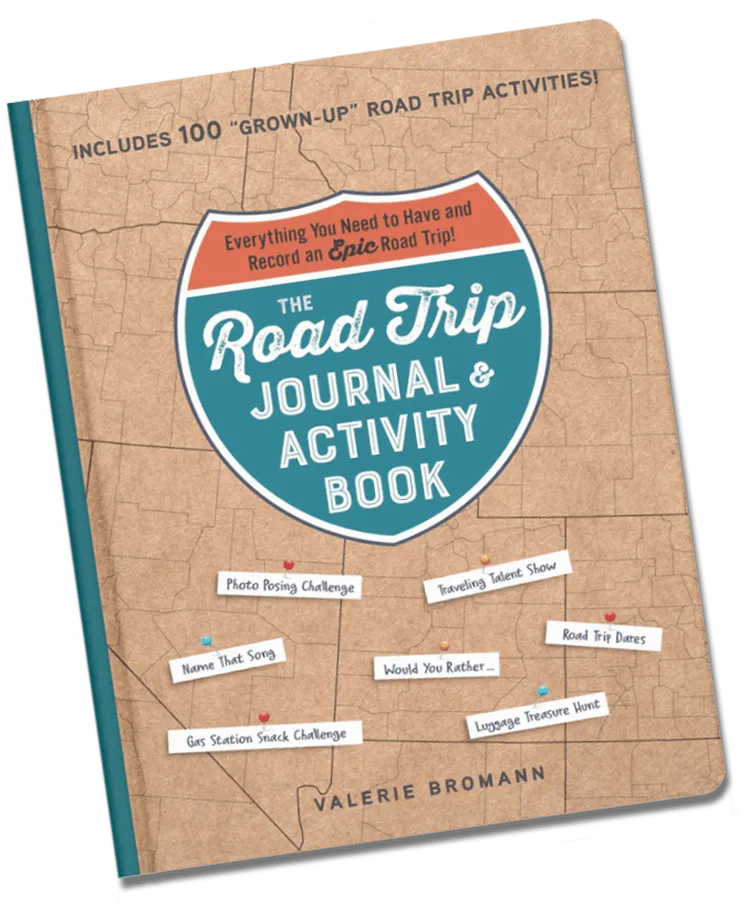
The Road Trip Journal & Activity Book
Enjoy fun games and challenges to pass the time on your next road trip and have a keepsake to look back on for years to come with this entertaining must-have for your next vacation.
Wupatki’s population boomed, and the area became a hub of interaction, trade, and innovation. The inhabitants developed complex systems of social organization, relying on trade with nearby tribes for goods like pottery, shells, and food. Eventually, by the late 1200s, the pueblo was abandoned, possibly due to droughts or other environmental changes. Today, the monument preserves and honors the legacy of these early cultures, offering visitors a window into the past.
Things to Do and See at Wupatki National Monument
Wupatki National Monument has a wealth of activities and sites to explore, each providing insights into the region’s rich cultural and geological heritage.
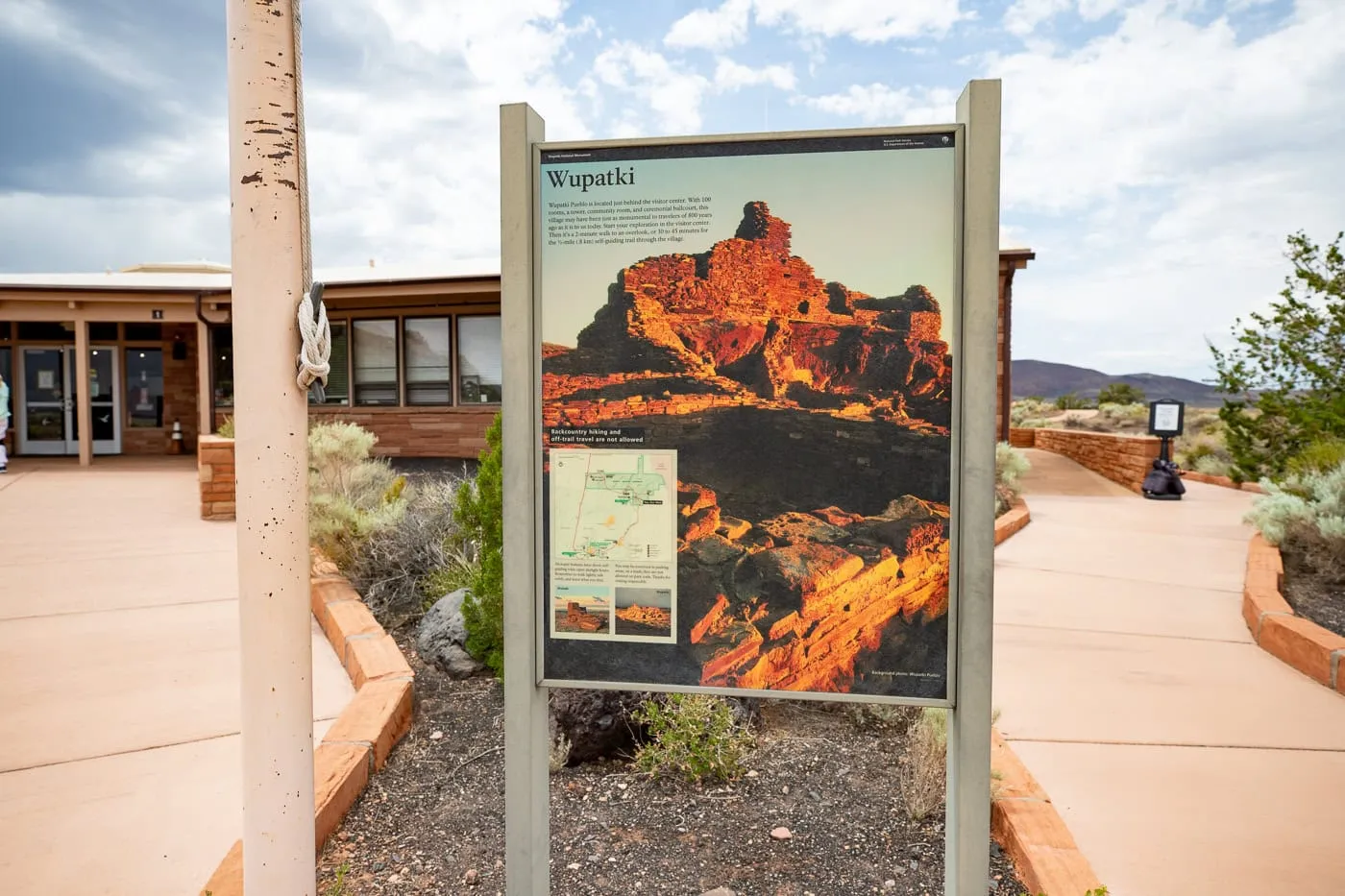
Visitor Center and Museum
Start your visit at the Wupatki Visitor Center, where you can learn about the monument’s history, geology, and ecology. The museum has artifacts, interactive displays, and detailed information about the indigenous cultures that once lived in the region, making it a valuable resource for understanding the area.
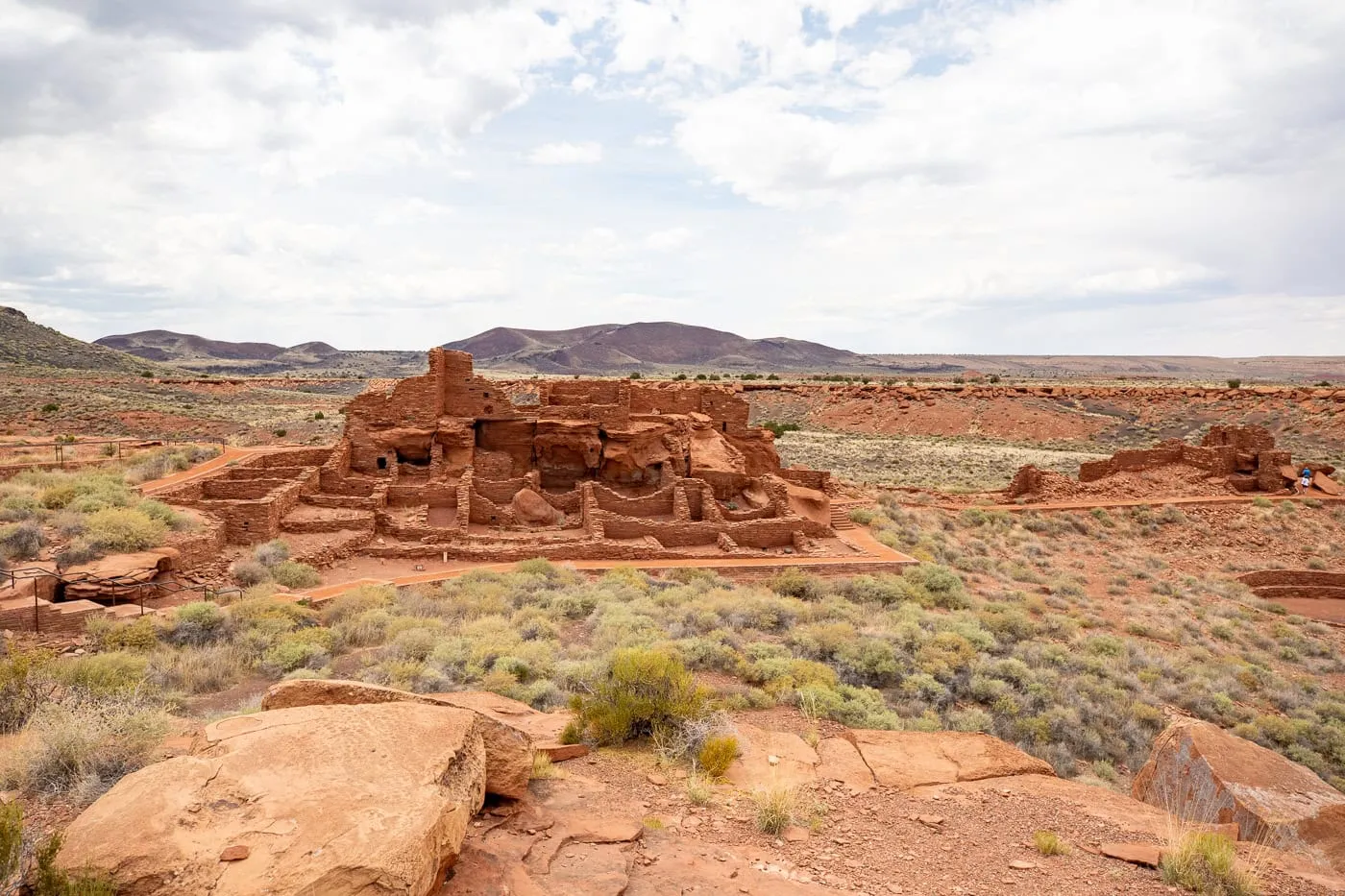
Wupatki Pueblo
The centerpiece of the monument, Wupatki Pueblo, is a multi-room dwelling that once housed up to 100 people. This well-preserved ruin is one of the largest pueblos in the area and offers a unique view of ancient architecture. Visitors can walk through the ruins and see the rooms, plazas, and even a ball court—one of the few found in the U.S., indicating possible Mesoamerican influences.
The Blowhole
Near Wupatki Pueblo, the natural geological feature known as the “Blowhole” is a curious spot for visitors. This crack in the ground seems to “breathe,” as air rushes out or is sucked in depending on atmospheric pressure. The phenomenon is unique to the area and likely held spiritual significance for the original inhabitants.

Wukoki Pueblo
A short drive from the main Wupatki site, Wukoki Pueblo sits perched on a sandstone outcrop and offers panoramic views of the surrounding desert. With its striking construction, this small pueblo exemplifies the architectural skills of the Sinagua people.
Nalakihu and Citadel Pueblos
Located along the scenic loop road, these pueblos provide additional insight into the daily lives and architectural styles of the Sinagua. The Citadel Pueblo sits atop a hill, offering views of the vast landscapes below, while Nalakihu Pueblo is nestled at the base, surrounded by traces of ancient farmland.
Lomaki and Box Canyon Pueblos
Situated near each other along a short trail, Lomaki and Box Canyon Pueblos offer a more secluded glimpse into the lives of the Sinagua people. “Lomaki” means “Beautiful House” in the Hopi language, and this name feels fitting as you explore the ruins, perched on the edge of a small canyon. The structures here were built to adapt to the surrounding rock formations, highlighting the architectural ingenuity of the ancient inhabitants. Box Canyon Pueblo, in particular, features ruins built into the walls of a small canyon, allowing visitors to visualize how residents once lived, sheltered within the natural landscape.
Scenic Loop Drive
The 35-mile scenic loop drive, which connects Wupatki and Sunset Crater Volcano National Monument, is a great way to see the landscape’s diverse beauty. Along the drive, you’ll pass lava flows, desert plains, and high desert vegetation, all set against the majestic San Francisco Peaks.
How to Visit Wupatki National Monument
Getting There
Wupatki National Monument is located about 45 minutes northeast of Flagstaff, Arizona. From Flagstaff, take U.S. 89 north and follow the signs to the entrance. The monument is accessible year-round, though summer can be hot, with temperatures often exceeding 90°F. Fall and spring offer cooler temperatures and are ideal for exploring.
Entrance Fees
The monument requires an entrance fee of $25 per vehicle, which is valid for seven days and also covers entry to Sunset Crater Volcano National Monument. An America the Beautiful Pass or other valid annual passes are accepted.
Hours of Operation
The park is open daily from sunrise to sunset, while the visitor center operates from 9:00am to 4:30pm. Hours may vary seasonally, so check ahead if you plan to visit outside regular times.
Tips for Visiting
- Bring water and sun protection: The Arizona sun can be intense, especially in summer, and shade is limited within the monument.
- Wear comfortable walking shoes: The terrain around the pueblos is rocky and uneven.
- Stay on designated trails: These archaeological sites are fragile, and visitors are asked to respect barriers and signs.
- Plan a dual visit: Since Wupatki and Sunset Crater are close together, consider visiting both in one day to experience the full diversity of the region.
